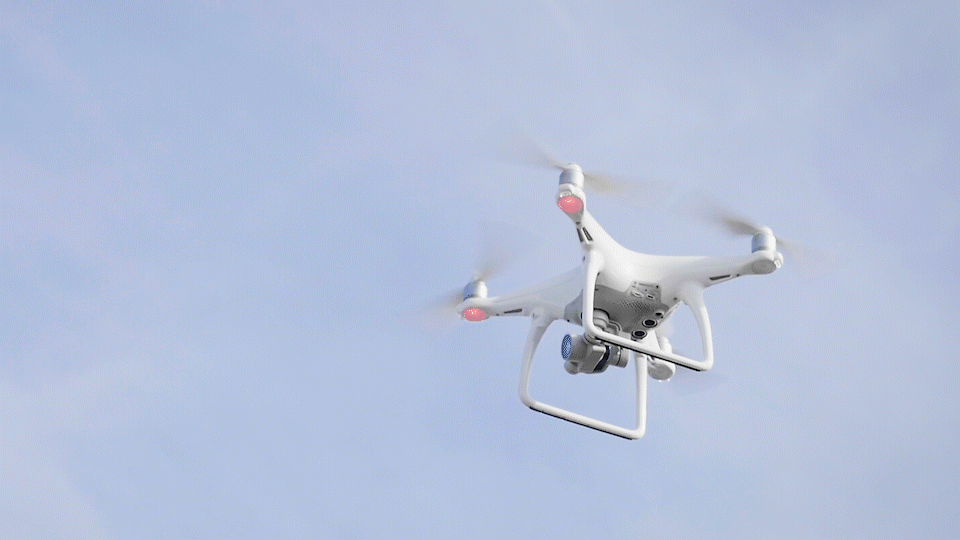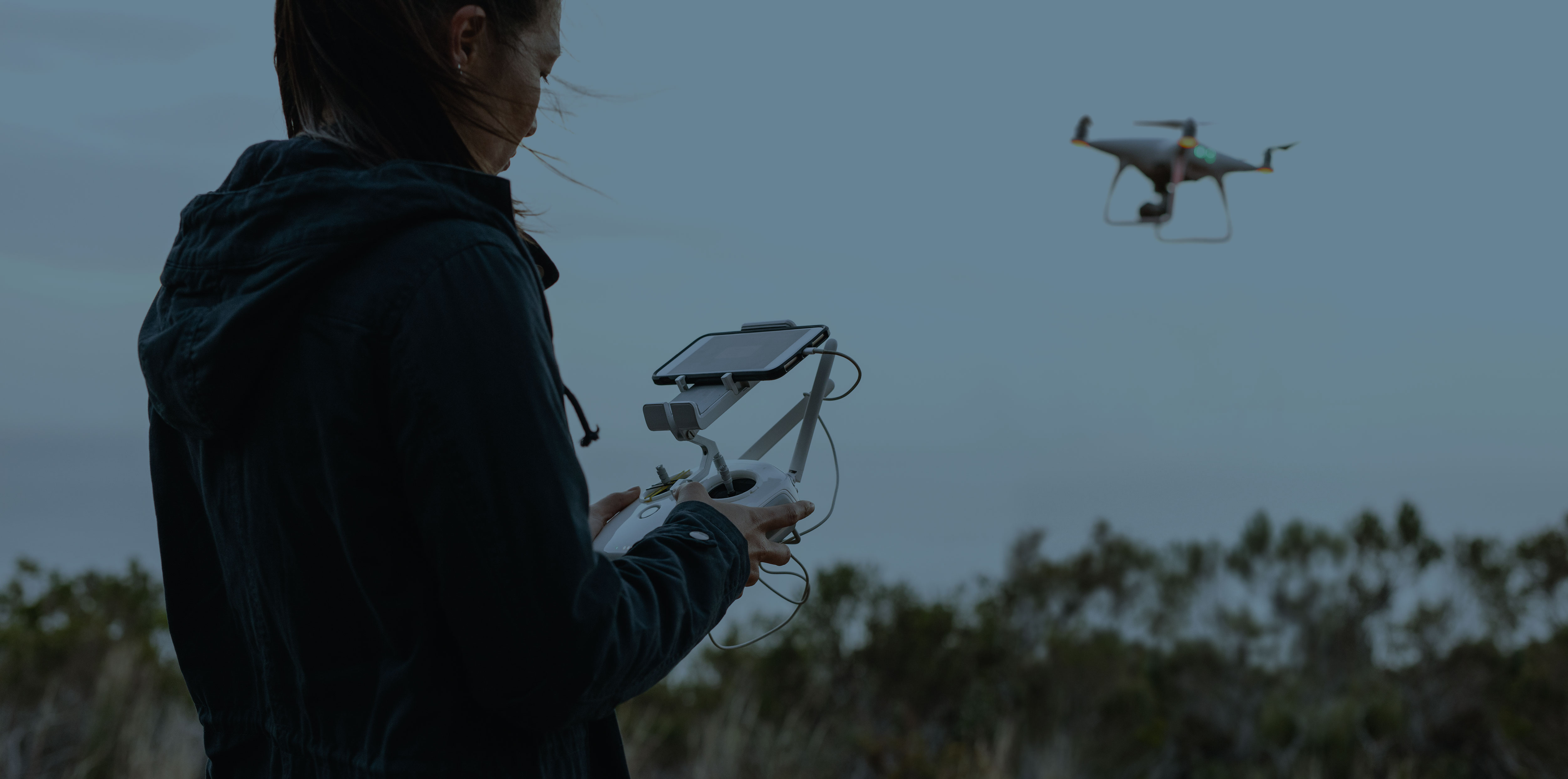Welcome to the New Year! Now that the holidays are over, it’s time to dig in and take that new drone you received out of the box and into the open air. Before you begin flying, there are a few things you should know.
First, know where to fly.
On October 5th, 2018, President Trump signed the FAA Reauthorization Act of 2018. The Act establishes new rules and regulations for recreational uses of drones. Like driving a car, if you don’t follow the rules of the road you could get fined. The same applies to flying a drone in the air. The general rule of thumb is to know information about the air that you are flying into before you fly so you aren’t flying into restricted airspaces.
What happens if I fly into a restricted area?
The U.S. Government may pursue criminal charges if you violate Airspace restrictions. Violators are subject to no more than 1 year in jail and/or $100,000 in fines. The FAA may take administrative action, including imposing civil penalties – $32,666 for a small business, $13,066 for an individual not acting as an airman, or $1,437 per violation for an individual acting as an airman – and revoking FAA certificates.
Are there exceptions for drone operators to fly in restricted areas?
Yes, if you call into an airport before you fly and get approval you may fly in restricted areas under specific directions.
The easiest way to fly is to download the AirMap app. Register your drone and create a flight plan, and it will tell you areas that are restricted, airports, and airspaces that you may be flying nearby. If the airspace is not restricted then the flight plan that you created within the AirMap app will submit and you can get approved to fly your drone on the spot. This is also assuming you are following the bulleted list of rules below.
For more of an in-depth guide about airspaces checkout this FAA document.
Rules every pilot must know.
For commercial pilots or pilots flying for a job in which they make money, please seek a Part 107 Certification from the FAA in order to make sure you’re following specific regulations.
For hobbyists, here are the main rules that you should know. In addition to reading the rules below make sure you read your instruction manual for your aircraft and visit the FAA’s site to make sure you are up-to-date on any new rules that may take effect after this article is published. RCP Marketing is not responsible for anything that may happen in your drone flights. It’s your responsibility to understand and abide by the rules:
- Be sure to register your drone. Like getting your car registered, the FAA requires that you register your drone and label your drone on the outside of the aircraft with your registration number. Registration costs $5 per aircraft and is valid for 3 years. In order to register, you’ll need an email address, credit or debit card, physical address and mailing address. For more information about registration visit the FAA here.
- Like speed limits for cars, drones are not allowed to fly at or above 400 ft. Above 400 ft and you will start to enter into possible flight paths of other aircrafts. Drones are only allowed to fly in the daylight and or 1 hour before sunset. Drones are also not allowed to fly faster than 100 mph.
- Never fly near other aircrafts. This is to avoid possible collisions.
- Notify the airport and the air traffic control tower prior to flying within 5 miles of an airport. After looking up your nearest airport you can search for that airport and it’s control tower numbers here.
- Do not fly a drone over 55 pounds.
- Keep your drone within your line of sight. It gets very tempting to look at your screen a lot while flying your drone. It can be deceiving calculating depth and there are many blind spots when you only use the screen on your controls to fly your drone. To better know where your drone is at in relation to the world, always keep your drone within your line of sight. This especially applies when you lose connectivity with your drone and you have to manually fly it without a screen.
- Respect privacy. Don’t fly your drone in places that you know you are intruding someone else’s private property.
- Never fly over groups of people, public events, or stadiums full of people. In certain scenarios, the FAA may fine you up to $1,100 per person that you flew over. This is to protect the safety of those individuals in the event that your drone malfunctions in the air or you lose connectivity.
- Never fly near emergencies such as fires, or hurricane recovery efforts or near emergency response vehicles.
- Be aware of FAA Temporary Flight Restrictions. Temporary Flight Restrictions define a certain area of airspace where air travel is limited because of a temporary hazardous condition, such as a wildfire or chemical spill; a security-related event, such as the United Nations General Assembly; or other special situations. The text of the actual TFR contains the details about the restriction, including the size, altitude, time period that it is in effect, and what types of operations are restricted and permitted. To look at all Temporary flight restrictions please check out this website.
- Never fly under the influence of drugs or alcohol.
- Do not fly if visibility is less than 3 miles. This is mainly so you can see incoming and outgoing aircraft that may be flying nearby and to see any potential bad weather coming your direction.
- Report to the FAA within 10 days of any operation that results in serious injury, loss of consciousness, or property damage of at least $500.
- No carriage of hazardous materials.
- No drone operations can be conducted from a moving vehicle.
- No person may operate a drone if they have reason to know of any physical or mental condition that would interfere with the safe operation of a drone.
- Do not fly over US National Parks. National Parks are considered No fly zones.
Below are a few rules that RCP highly recommends that you follow:
- Do a safety check before you fly your drone. Check the battery levels, check the condition of all the propellers, and your aircraft to make sure everything is working correctly.
- Avoid flying drones indoors. This especially applies to new drone pilots, the first instinct that you’ll have is to fly your drone inside after you purchase it or receive it as a gift. RCP Marketing strongly advises that your first flight be outside and in a wide-open field away from trees and buildings. This is for three reasons:
- You need to understand the controls and how your drone flies before you take on an advanced flight such as an indoor flight.
- You will more than likely lose GPS connectivity with your drone while flying indoors and DJI drones specifically are designed to fly back to a saved home point when they lose GPS connectivity. When DJI drones lose GPS connectivity they fly high into the air and then travel to the home point. In this instance if you haven’t turned this setting off, your drone will shoot up into the ceiling and attempt to fly back to the home point and will ultimately just damage and destroy your drone and you might not be able to fly it again.
- The device in a drone that makes it stable and not move when it is in the air is the GPS. When you lose the GPS, your drone will drift in the air and if you don’t have the experience to fly a drifting drone then you will crash your drone.
- Do not fly your drone in the rain or snow. Pretty self-explanatory. The rain and snow will get into the motors and will damage your drone beyond repair.
- Learn your drone’s max speed limit and don’t fly against strong winds. If your drone can only fly 25 MPH don’t fly it if the wind speeds are above 30 MPH. Because even if you are flying at max speed the only distance your drone will travel will be 5 MPH in the opposite direction that you’re intending to go. Land it safely and do not fly against strong winds.
- Do not attach anything to your drone. Don’t tie strings and attempt to carry anything in your drone. This will mess with the center of balance of your drone and the swaying back and forth of whatever you’re carrying will cause the drone to crash.
- Do not recalibrate the IMUs if you don’t know what you’re doing. This is from experience. IMU’s are internal sensors. When you follow the guide in the app on how to recalibrate the IMUs it’s not clear on the direction that you’re supposed to rotate your drone. If you don’t do it properly then your drone will not fly properly and will crash.
- Always have extra SD Cards.
- Don’t be careless. Be responsible with your flights and follow the rules. The reason why the FAA still allows drones to fly is because there hasn’t been many instances where people are irresponsible. Follow the rules and everyone gets to fly their drones.
I hope this guide was helpful and that you learned a thing or two. Please visit the FAA if you have any questions. I wish everyone a Happy New Year! Best of luck on all your drone flights.



